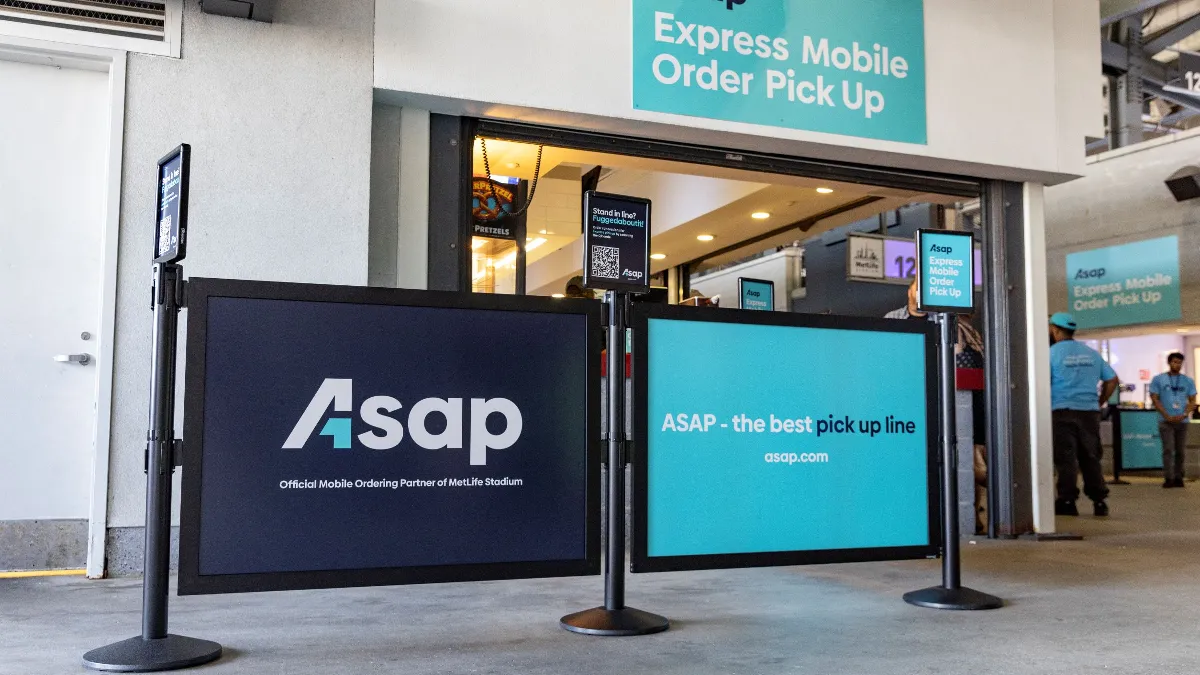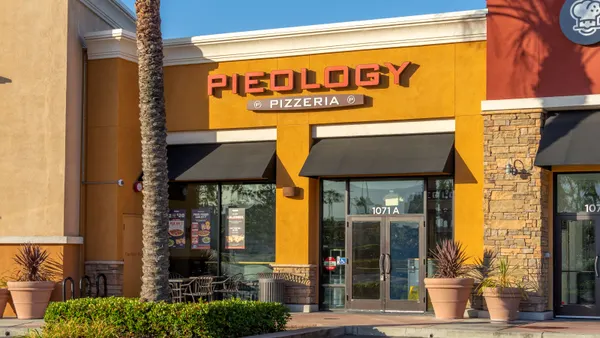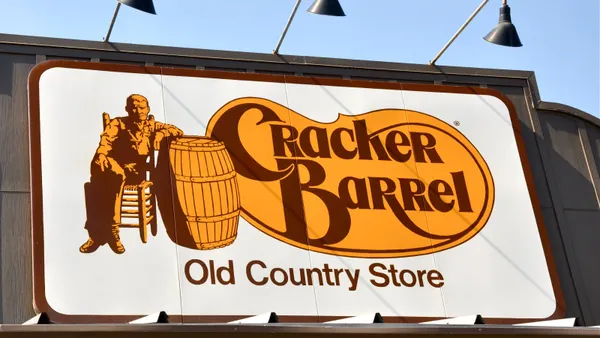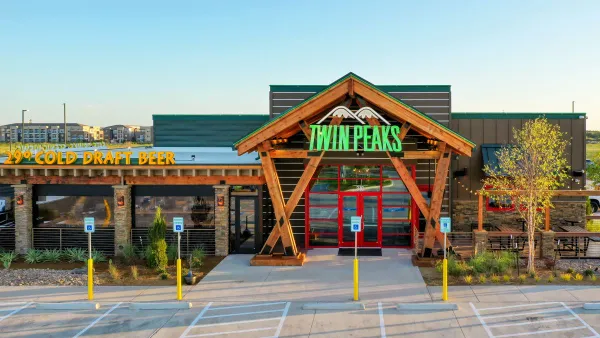Dive Brief:
- ASAP, the delivery firm once known as Waitr, ceased operations and filed for Chapter 7 bankruptcy protections according to an 8-K filed Tuesday, after it fell into default on loan obligations.
- The restaurant delivery and technology firm stopped its online ordering services on March 29, according to a previous 8-K, and stopped its delivery operations on Feb. 13. According to Tuesday’s filing, the company let go of all its C-suite executives.
- The bankruptcy of ASAP followed a sharp drop in its revenue, recorded in its last filed 10-Q. ASAP, which once had a presence in 525 cities, reached just shy of $11.5 million in revenue in Q3 2023, down from $25.1 million in the year-ago period, while its average daily orders fell from more than 14,000 to about 4,500.
Dive Insight:
A review of ASAP’s recent quarterly and annual SEC filings shows the company’s order volume and revenues declined for years before the cessation of operations.
In 2019, the year after then-Waitr went public with the backing of Tilman Fertitta, ASAP’s orders peaked at more than 51,000 per day, according to its 2021 10-K. Orders dwindled to 39,000 in 2020 and just shy of 33,000 in 2021, according to the 10-K for that year, though an increase in order size from $36 in 2019 to $45 in 2021 offset some of that impact. That steady decline continued.
In the brand’s 2022 10-K, the company said order declines were a serious threat to it in the long term.
“Our historical financial performance has been significantly determined by our success in adding, retaining, and engaging Active Diners,” ASAP said. “A decrease in diner retention, growth, order frequency or overall order price will likely render the Platform less attractive to restaurants, which will have a material and adverse impact on our revenue, business, financial condition, and results of operations.”
ASAP claimed to be on a path toward growth in 2022, expanding into new markets and signing partnerships with sports stadiums. Despite these strategies, the company continued to report losses last year. ASAP’s revenue peaked in 2020 at $204 million, according to the 2021 10-k. Its revenue for the last three quarters of 2023 was $42 million, while its losses amounted to $22 million.
Adam Stein-Sapir, portfolio manager for Pioneer Funding, a firm that specializes in acquiring bankruptcy claims, said the Chapter 7 filing seemed to indicate that ASAP was destroyed by this gradual hemorrhage of business, rather than an exogenous shock.
Stein-Sapir said the filing indicated a “business decline that the company was aware of.”
“It just seems like a business model issue, that just didn't catch on [and] wasn't generating enough to get cash to service the debt,” Stein-Sapir said.
Stein-Sapir said the decision to file Chapter 7 instead of Chapter 11 indicates a severe problem and that ASAP was unlikely to do business in its present form, even if some of its assets and intellectual property were snapped up by competitors.
“It is a straight liquidation,” Stein-Sapir said. “There is no hope for rehabilitation.”
In general, Stein-Sapir said, debt holders in Chapter 7 cases tend to see low recoveries compared to Chapter 11 bankruptcies.












